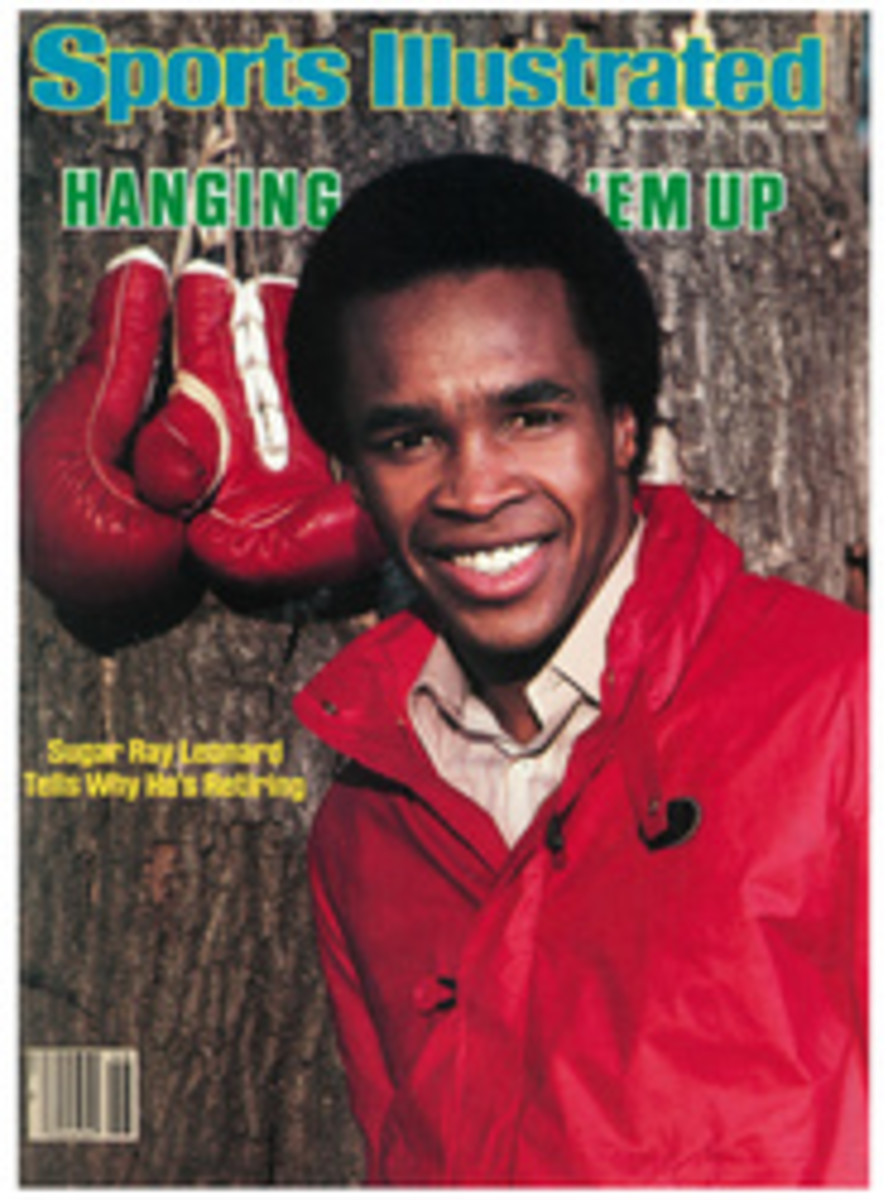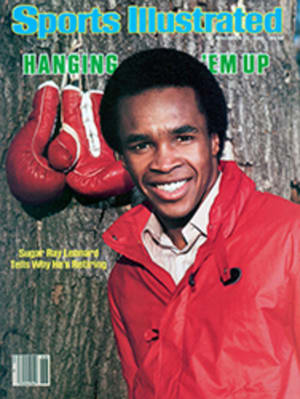
THE BALANCE SHEET FOR AN OUTDOOR LIFE: IN SUM, IT'S WORTH EVERY PENNY
With autumn, there comes a sense of change, and it seems a good season to begin looking back at the year past, to take stock of profits and losses, to see just what a life led trying to get into the woods costs these days.
Like those of most outdoorsmen, my economics are in bad shape, my cash flow a miserable shambles with a great deal flowing out and little flowing in. For the man determined to live the outdoor life there is, it seems, always some new piece of equipment that absolutely must be acquired—a certain coat for spending the night in the mountains, a special hat for Western rivers, heavy-duty waders for tracking tricky trout, a particular flashlight for stormy August nights along the Guadalupe River in Texas when the earth rattles and shakes.
Last December, while my son sang carols of brotherhood and peace on earth and my wife sipped eggnog by an ash wood fire, I was curled up in the study in my home in Baton Rouge with the latest editions of the outdoors catalogs, affirming my faith in spring's certain arrival by ordering two new rods and reels at $125 each. By mid-May I had three fish to my credit, the rewards of five times that many fishing trips. And all three were taken not with the sparkling new rods and reels but with my son's cane pole, a No. 8 hook and spring angleworms, fat and active.
This year I have contributed more than $300 to L.L. Bean, Inc. of Freeport, Maine, most of it for warm clothes to insulate me from the icy mists that hang low in the mountain hollows and meadows like heavy white drapery. I also purchased a pair of field binoculars ($146) to put me eye to eye with the barred owls that live in the dead oak at the north wood's edge. In January I wrote out a check for $50 for a field bag in the belief that a man in the woods needs some place to keep his water bottle, compass, extra note pad, dry matches and chocolate bars. In February I traded in the field bag for a Kelty backpack ($140) because sooner or later a man who keeps going into the woods finds it more and more difficult to come out and wants to stay a day rather than an afternoon, a week rather than a day. There is enough room in my Kelty pack to provide for a month.
Three pairs of hiking boots were bought between April and November, each one supposedly lighter, more durable, better than the last, but of course any walk over 50 miles is difficult, no matter what a man has on his feet. The boots set me back a total of $240; Band-Aids and moleskin, $3.75. I have walked and walked, leaving my car behind whenever possible, whenever there was a path into the woods. For two weeks I walked the Appalachian Trail in Virginia. I came home to walk the Tunica hills along the Mississippi-Louisiana border in the crisp, cold days of late October. I walked the Rose River in Virginia and saw mist rise like smoke in the North Carolina mountains. Almost every night at home I walk the woods along the Mississippi River. I am on the third pair of boots.
Instead of roofing the house in May I bought a canoe, a 17-footer, sleek and sturdy. It was a used canoe, good enough for a used hiker and roamer, and it came with two ash paddles and a rich history, all for $700. Unlike me, the canoe has been on Maine's Allagash and St. John rivers, the Wolf in Wisconsin and the Snake out West. It is somehow reassuring to keep company with something so well traveled. A man who dreams of rivers fast and twisting, lazy and wide, also dreams of canoes. For now my canoe is in the shed, set upside down on two makeshift wooden sawhorses. I will most likely spend the winter months cleaning her up, dreaming all the while of Arkansas's Buffalo River in April, its fast, dark water taking the used canoe firmly by its lightweight hull.
In the last year I have paid out $500 to Nikon for repairs to my camera after I dropped it in a pool of the Rose River as I was reaching for a flat stone at the pool's bottom, a piece of green stone the color of polished emerald. Along with the camera I ruined a roll of film and 36 frames of water striders skating on the river's surface with wild abandon. When it comes to photography, my luck is not good. For the entire year to date my books show that I have paid out $290 on film alone and so far all I have to show for this considerable outlay are some excellent snapshots of a great gray owl perfectly concealed in the dense foliage of an oak tree, a stunning close-up of a black-crowned night heron's orange beak and a panoramic view of a hailstorm at White Oak Swamp in Virginia.
Additional sums went for heavy-duty wool walking socks, six pairs, $50; three bandannas (red, blue and green), $6. I don't know where I lost my hand lens, though I suspect it was in the Atchafalaya Swamp, where I spent a September day on my hands and knees searching for a fishing spider and finding instead hordes of red bugs, black mosquitoes and large patches of poison ivy. I spent $76 for subscriptions to outdoors magazines featuring brilliant photographic essays on places I will probably never visit, although every year I make plans for some great adventure.
In Arkansas in August I spent $12 on the Field Guide to the Insects of America North of Mexico so that I could learn what variety of spider I had spent the night with in my sleeping bag. For a tent weighing less than 10 pounds I gladly paid $80. Like the canoe, it was used. My receipts also show that I have forked over more than $200 this year for groceries to fill the Kelty backpack, mostly peanut butter and jelly, Spam, Vienna sausage, cheese and crackers, hard-boiled eggs, M & Ms and orange juice. Not far from Mississippi's DeSoto National Forest I put out another $12 for the Field Guide to Animal Tracks to discover what the nervous little animal keeping me up at night was. It was a field rat, a hungry one.
My books show a total of $50 for maps and camping permits. Even wilderness is not free these days. And $10 for various hats to keep the sun out of my eyes and the ticks out of my hair.
And there they are, my expenditures and outlays, my expenses and acquisitions so far this year. I have bought more than I need, probably. Surely more than I will use, but even so it's good to have these things at hand. You never know when you might need a case of bug dope or a blue bandanna to repel a harsh sun.
The returns on my investments don't fit on any standard balance sheet. Instead, they come in the form of October light, setting the Appalachian Mountains on fire with a blaze of color, the cold rush of the Rose River, the cry of the osprey in the marsh, the green heron at the swamp's edge, winding paths through the shadowy woods. Wilderness gives far more than it takes. Always. My books are balanced.

